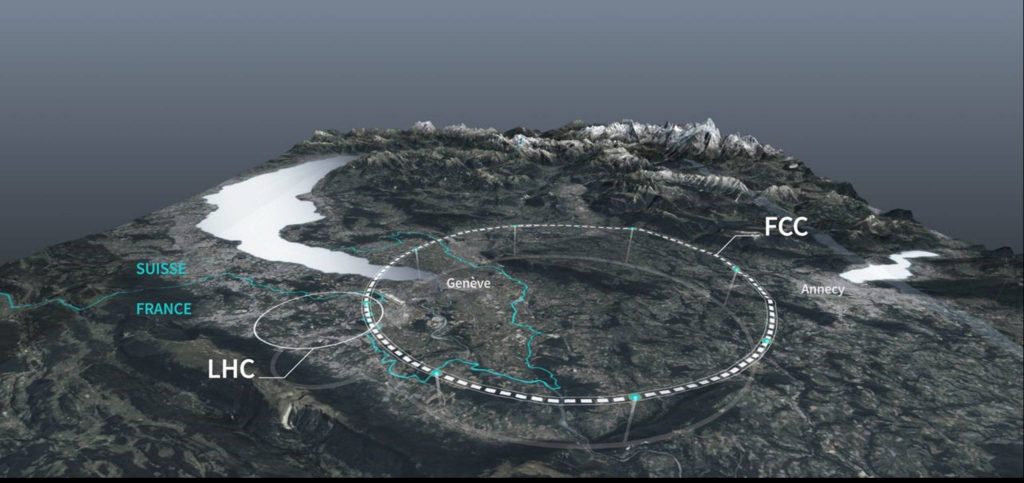Thanks to the close working contacts with CERN laboratory the Laboratory of Particle Accelerator Physics can propose several TPIV projects on front edge research topics with experimental work in one of this accelerator facilities. There are several topics and continuously changing.
Some example of past TPIV topics are available at the following links:
Beam-beam effects on luminosity at the Large Hadron Collider
Feasibility study for a muon source based on a long magnetised target for collider application
Slides of the laboratory presentation are available at the link: Presentation TPIV 2024.
If you are interested in joining our team and work on some exciting accelerator design and or operation please fill in the online form with your details and interests.

Possible TPIV projects:
- Synchrotron Radiation impact to lepton dynamics in the Future Circular Collider FCC-ee The FCC-hh is a possible hadron collider for the post-LHC era. The beam energy will approach 50 TeV, which implies strong synchrotron radiation effects in the beam dynamics. At the same time, the field quality of the superconducting magnets implies strong non-linear effects in the beam dynamics. The combination of these two effects has never appeared in the case of hadron accelerator and represents a new regime that should be studied in detail. The goal of this project is to carry out numerical simulations to assess quantitively the impact of synchrotron radiation and non-linear field errors when combined.
-
Dynamic aperture studies for the Future e+-e- Circular Collider
This project delves into the evaluation of the dynamic aperture, the stable area in particle phase space, within the Future Circular Collider (FCC) framework, specifically focusing on the incorporation of the electromagnetic interactions between the two colliding lepton beams. With a primary objective to investigate the potential enhancement of dynamic aperture through the utilisation of relaxed optics at the interaction regions. The research aims to contribute valuable insights into optimising collider performance and defining the feasibility of the actual design via simulation studies.